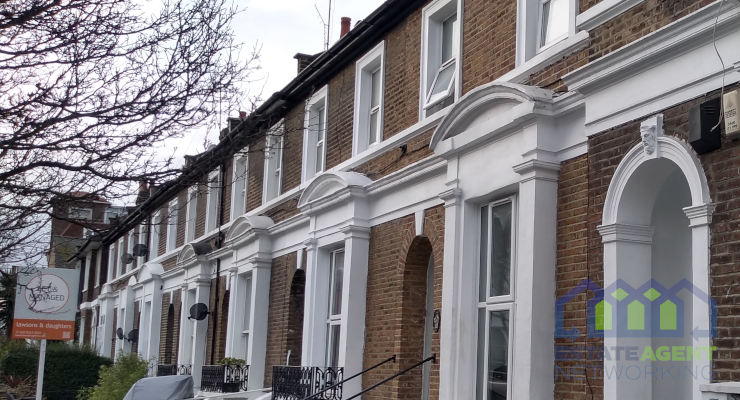London Rents Have Risen 39% in a Decade
London Rents Have Risen 39% in a Decade – But Just 0.7% When Adjusted for Inflation
The latest research from London lettings and estate agent Benham and Reeves has found that while the average rent in London has climbed by 39.2% over the past decade, when adjusting for inflation, the real-terms increase is just 0.7%, suggesting that soaring rental values may not be down to landlord greed, but simply the impact of wider economic pressures.
The research by Benham and Reeves analysed average monthly rental values across all 32 London boroughs between May 2015 and May 2025, comparing nominal increases to those adjusted in line with inflation as measured by the Consumer Prices Index (CPI).
It found that while the average London rent has increased from £1,616 in May 2015 to £2,249 today – a jump of £633 or 39.2% – the inflation-adjusted change equates to just £15 more per month in real terms, marking a 0.7% rise.
Looking across the capital, some boroughs have seen far stronger rental growth than others. The biggest real-terms increases have been seen in:
Barking and Dagenham, where rents are up 16.5% after inflation (£229 per month higher in real terms)
Havering (16.3% or £211)
Bexley (14.3% or £182)
Redbridge (12.0% or £180)
Waltham Forest (7.4% or £120)
In contrast, many traditionally more expensive boroughs have actually seen rental values fall when adjusted for inflation. These include:
Westminster, where rents are down -4.9% in real terms (a £168 monthly decline)
Richmond upon Thames (-3.9%)
Camden (-3.1%)
Kingston upon Thames (-2.8%)
Kensington and Chelsea (-2.3%)
In total, 12 of the 32 boroughs saw real-terms rental declines, suggesting that higher nominal rents are more a reflection of inflationary pressure than profiteering.
Marc von Grundherr, Director of Benham and Reeves, commented:
“There’s a widespread perception that landlords are to blame for the sharp rise in rents, particularly in London, but the data tells a very different story. Once inflation is taken into account, rental growth over the last 10 years has been largely stagnant and, in many areas, rents have actually fallen in real terms.
This underlines the real issue in the rental sector: a severe mismatch between supply and demand. Landlords face higher mortgage costs, tighter regulations, and increasing taxation, yet many are not passing those costs on at the rate people assume. If anything, this data highlights the need to support landlords, not vilify them, if we want a functioning private rental sector.”









